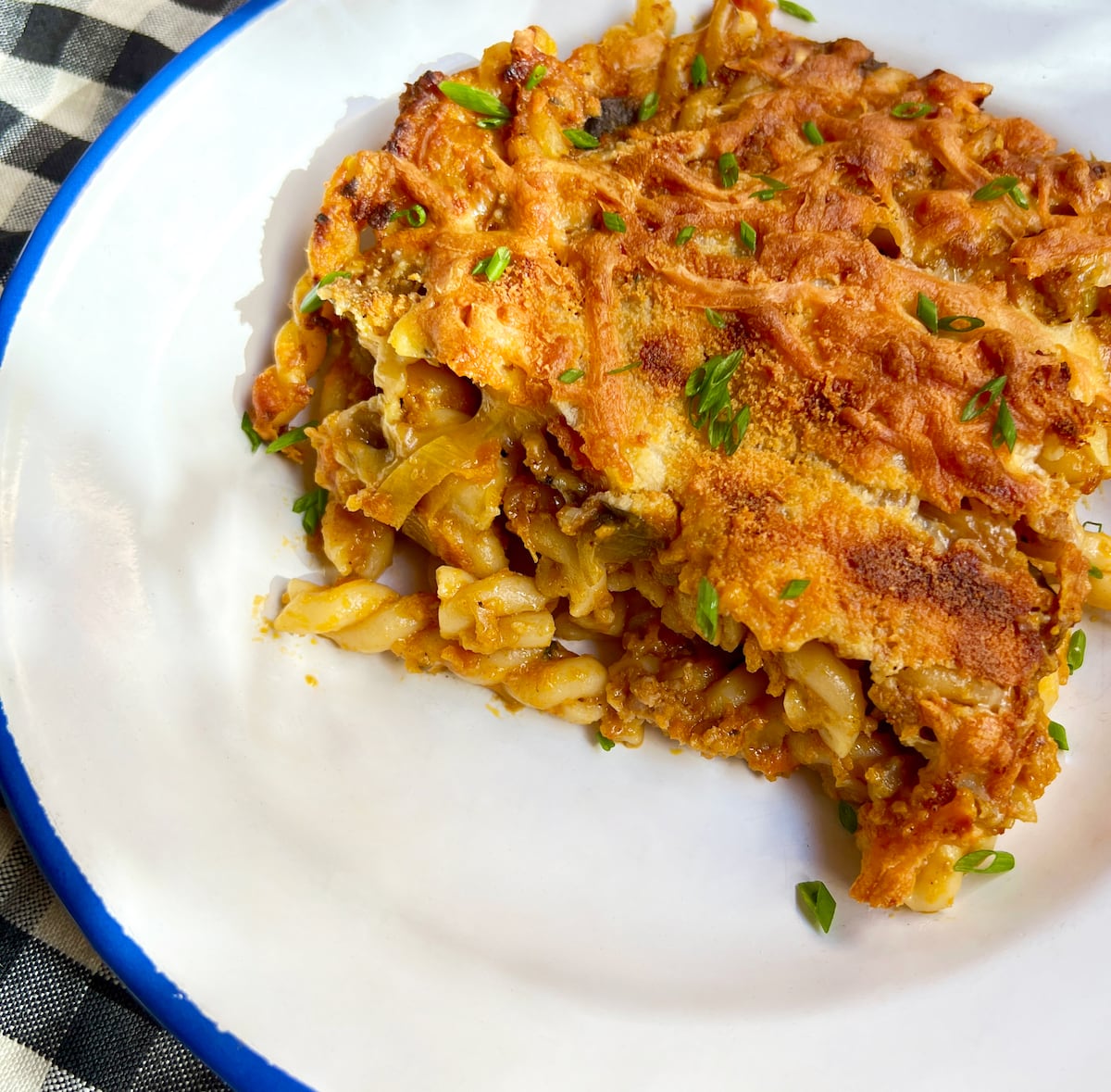Carmen Rodríguez —66 years old and without family responsibilities— spends the day hunting for events on the cultural agenda of Cádiz.
"Everything I see, I'm in!" She exclaims, amused.
And there she is, sitting on top of a drawer with her friend María Vilches, ready to give everything in the Plaza del Teatro Falla, in Cádiz.
“In truth, what I wanted was to enter the concert after [the flamenco concert attended by the kings Felipe and Letizia], but there was no way.
I am not a procoto, nor from the Royal House, ”she added between laughs, before getting in touch.
Who was going to tell Rodríguez that not an hour later she was going to be setting the pace of the rumba
Ali ali
y
with kings seated on his side.
“We have the first cajonero king!” percussionist Guillermo García, El Guille
, told
the monarch after getting him to play improvised.
More information
Cádiz and Peru, two places linked by the flamenco cajón
The funny moment has been the culmination of the
cajoneada
organized just before the inaugural concert of the IX International Congress of the Spanish Language began —which is held until next Thursday in Cádiz—, presided over by the kings.
Peruvian percussionist Mario Cubillas, Guillermo García and Víctor García, also a cajon player, were expected to bring together 64 spontaneous members who would be encouraged to play —and learn— to the rhythm of the instrument.
And so it has happened.
The musicians, joined by hundreds of onlookers, who clapped and sang to the beat.
When the kings arrived, it was Queen Letizia who led the way until she sat in the front row, invited by El Guille.
He was followed by Felipe VI, who launched himself eagerly to play to the rhythm of the Catalan rumba, with a dexterity that seemed to denote prior knowledge.
the
cajoneada
, the name by which these popular gatherings that began in Peru a little over two decades ago are known, has been one of the street events on this first day of a CILE that should have been taking place in the Peruvian city of Arequipa, suspended due to the crisis Peruvian politician.
Thus, it was hard to remember that, although it seems that the cajón is as flamenco as the guitar, in reality it only dates from 1977. It was then that the brilliant guitarist Paco de Lucía discovered it at a party at the Spanish Embassy in that country and he decided to bring it on with the intention of replicating the rhythm of the soles and heels of a bailaor's feet.
"He was the precursor in this way of playing the cajón here," defended Pepe Zapata, organizer of the meeting and head of the Cajón Expo cultural initiative from Granada.
King Felipe VI and Queen Letizia, this Monday in Cádiz. Alejandro Ruesga (EL PAÍS)
Catalan rumba —like the one that the Kings have started to play— or tangos have sounded fused for almost an hour with panalivios (Peruvian songs).
“Two rhythms thousands of kilometers apart”, El Guille explained, but which have turned out not to sound so far away to the ear.
“They are shared rhythms”, warned Cubillas shortly before starting.
Such is the rapport that the cajón has ended up as a percussion instrument for two types of music of humble and popular origin: Spanish flamenco and Afro-Peruvian.
"It is a symbol of the resistance of that culture, which was despised and is now Peruvian national heritage," added Cubillas.
Carmen Rodríguez has verified that it was not so difficult to catch the rhythm.
Soon, she and her friend María de ella were two of the 64 cajoneros that followed the music to the beat.
"I suppose it's because in Cádiz we have a lot of art", she has pointed out between laughs.
But the key was not in chauvinistic speeches, there was the Basque Óscar Espinosa, resident for years with his family in Chiclana and who brought his two children, his wife and his mother, to sit to the rhythm of the instrument.
“I played it with a punk-rock youth group and sold it when my children were born.
Now it gives me that I am going to have to buy one because the children have discovered it and are freaking out ”, he declared.
Two rows away, the American Melisa Young was ecstatic with the scene: “I arrived in Spain in 2018, I have been learning to play the cajón for six months and I have come to Cádiz just for this.
This street, mestizo and fun show has been the preamble to the flamenco show that has been lived inside the Falla Theater, in a concert entitled
Tiempo de Luz.
Three flamenco references such as Carmen Linares, Marina Heredia and Arcángel have starred in it.
The three have been accompanied by Ana Morales (2022 National Dance Award), the guitars of Miguel Ángel Cortés and José Quevedo,
Bolita,
and the percussion of Pakito González.
Among the public, in addition to the King and Queen, were academics, CILE attendees and authorities, such as the Ombudsman, Ángel Gabilondo;
the Foreign Minister, José Manuel Albares;
the director of the Cervantes Institute, Luis García Montero, and the mayor of Cádiz, José María González,
Kichi
.
What they could least expect is that, of those present, it was going to be King Felipe who would have the most skill with the cajón to the rhythm of a Catalan rumba.








/cloudfront-eu-central-1.images.arcpublishing.com/prisa/NYNKKIEXBFHFFG6GV65QVUUAL4.jpg)
